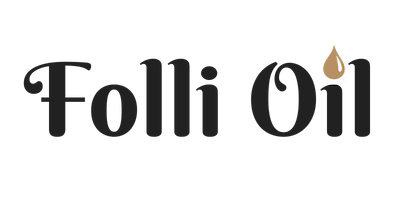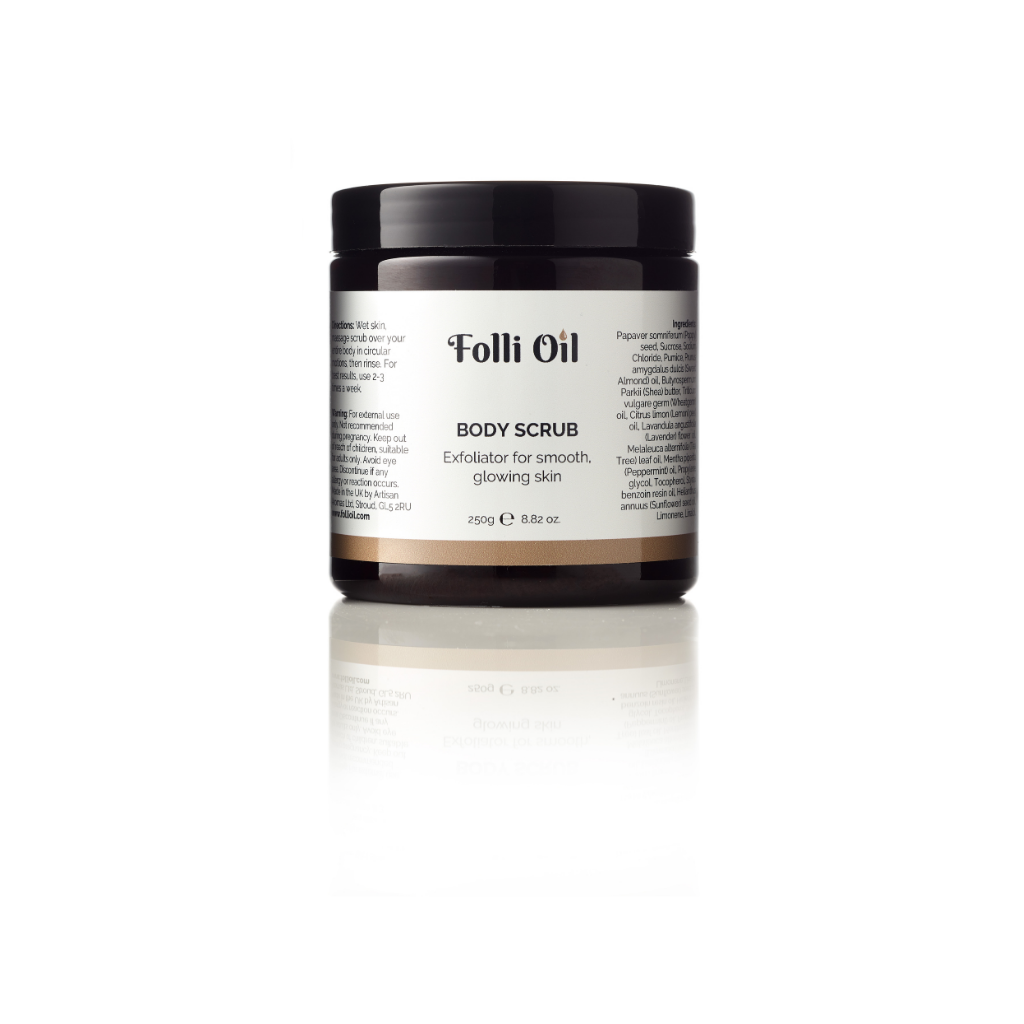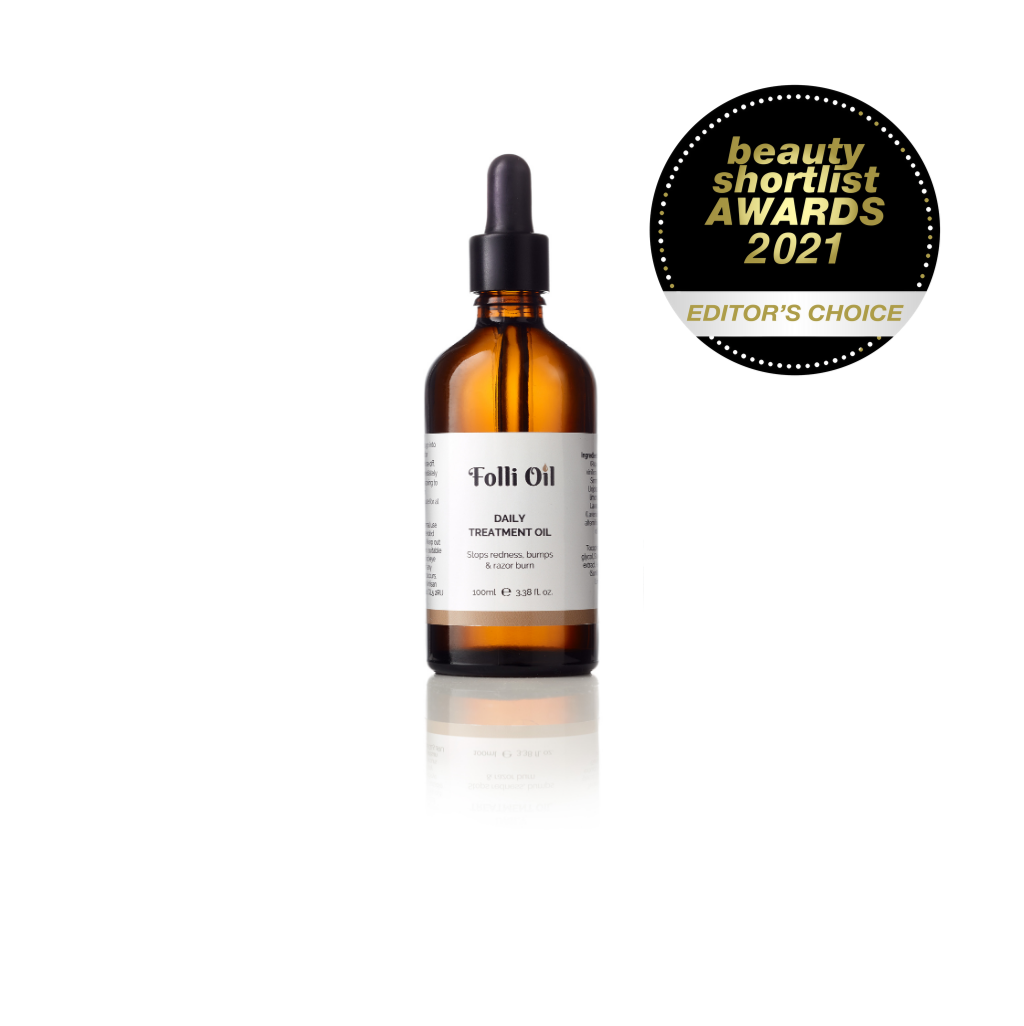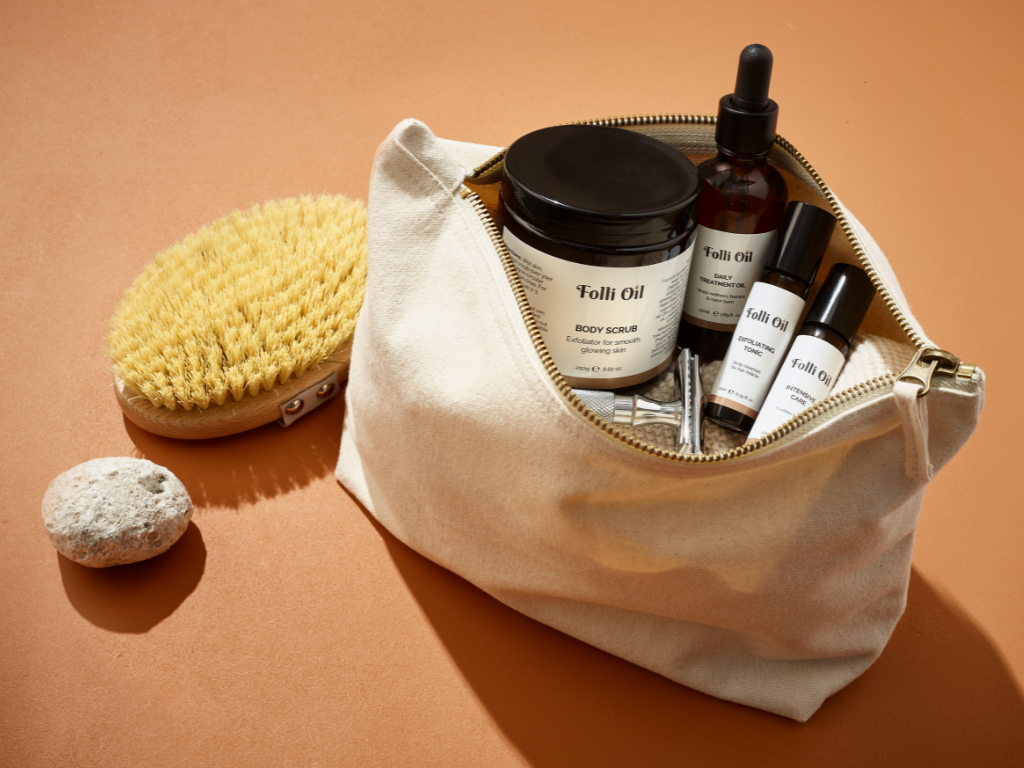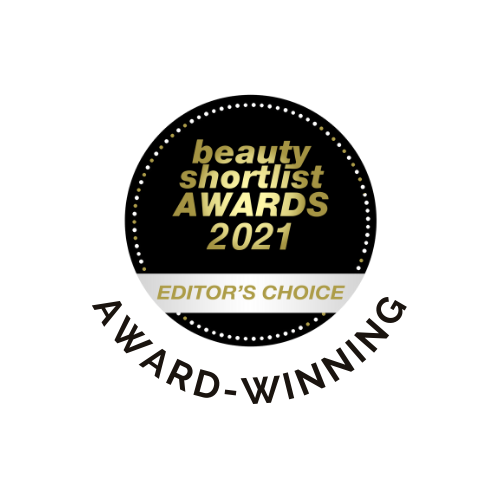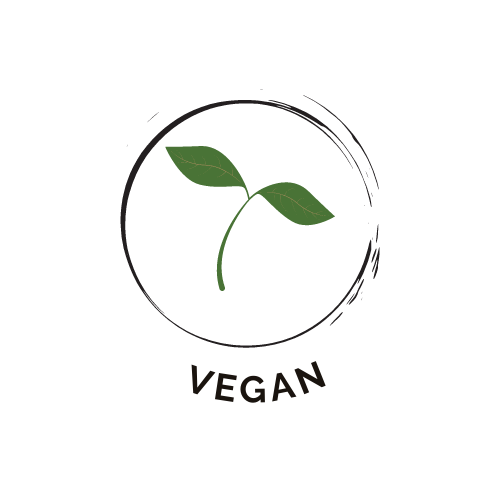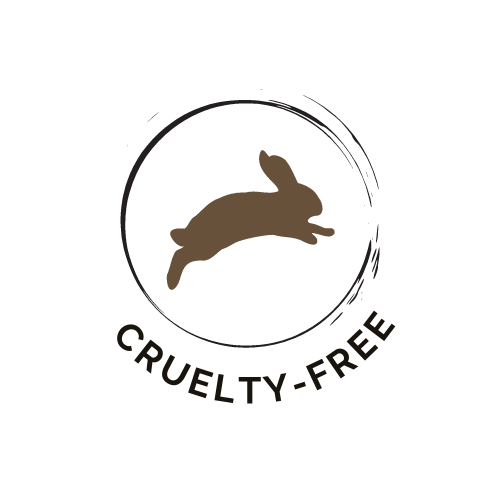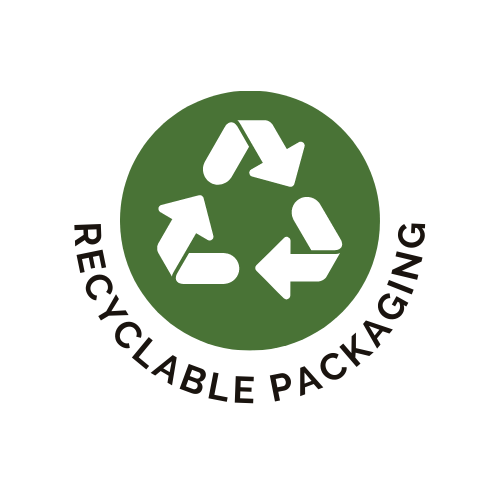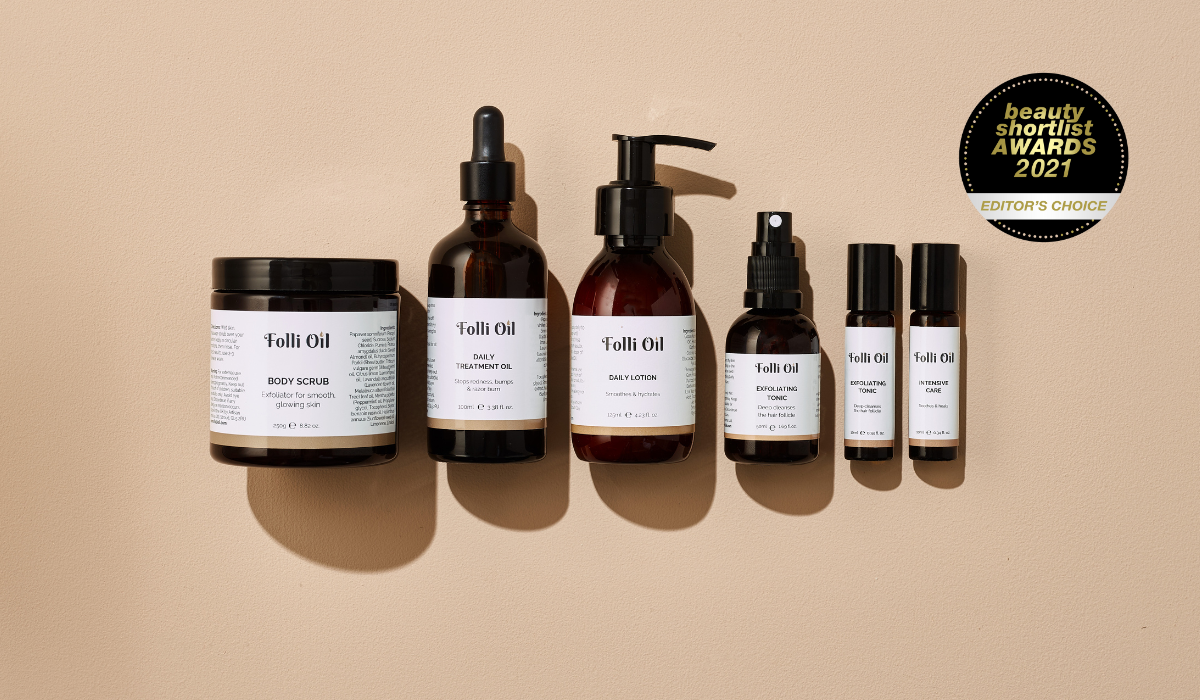
Banish Shaving and Waxing Irritation for Good
Discover plant-based skincare solutions for irritation-free skin. Say goodbye to razor burn, ingrown hairs, and skin irritation with our award-winning, vegan, and cruelty-free products.
Join thousands who have transformed their skincare routine with Folli Oil. Our journey began with a simple mission: to provide relief from the irritation caused by shaving and waxing. We empower you to feel confident in your skin every day with effective, gentle, and ethical skincare solutions for all skin types, including sensitive skin.
Why Choose Folli Oil?
- 100% Vegan and Cruelty-Free: Our products are crafted with care, using only the finest plant-based ingredients, free from harsh chemicals.
- Tailored Skincare Advice: We offer personalised guidance to help you find the perfect routine for your unique needs.
- Risk-Free Guarantee: Try our products with complete peace of mind, backed by our no-risk, money-back promise.
Discover the difference with Folli Oil and join a community of skincare enthusiasts who trust us for their daily routines. Whether you're dealing with razor burn, ingrown hairs, or simply want to maintain smooth, healthy skin, we're here to support you every step of the way.

Daily Treatment Oil:
Hydrate and soothe your skin with our best-selling oil, perfect for daily use after shaving or waxing.

Emergency Fix:
Instant relief for irritated skin. Keep this essential in your skincare arsenal for post-shave or post-wax care.

Body Scrub:
Exfoliate and rejuvenate with our gentle, plant-based scrub, ideal for prepping skin before shaving or waxing.
Latest blog posts
View all-

Start the Year with Great Skin: Confidence Begi...
A new year is a fresh start - a time to set goals, embrace change, and prioritise what makes you feel your best. At Folli Oil, we believe confidence starts...
Start the Year with Great Skin: Confidence Begi...
A new year is a fresh start - a time to set goals, embrace change, and prioritise what makes you feel your best. At Folli Oil, we believe confidence starts...
-

The Science of Ingrown Hairs: A Deep Dive into ...
Ingrown hairs can be a real nuisance, but they don't have to be a recurring issue. Discover the science behind these pesky bumps and learn effective prevention techniques. With Folli...
The Science of Ingrown Hairs: A Deep Dive into ...
Ingrown hairs can be a real nuisance, but they don't have to be a recurring issue. Discover the science behind these pesky bumps and learn effective prevention techniques. With Folli...
-

Get Glowing: 6 Essential Steps to Holiday-Ready...
Prepare your skin for summer with Folli Oil's top tips for achieving a healthy, radiant glow. From gentle exfoliation to sun protection, discover how to keep your skin smooth and...
Get Glowing: 6 Essential Steps to Holiday-Ready...
Prepare your skin for summer with Folli Oil's top tips for achieving a healthy, radiant glow. From gentle exfoliation to sun protection, discover how to keep your skin smooth and...
